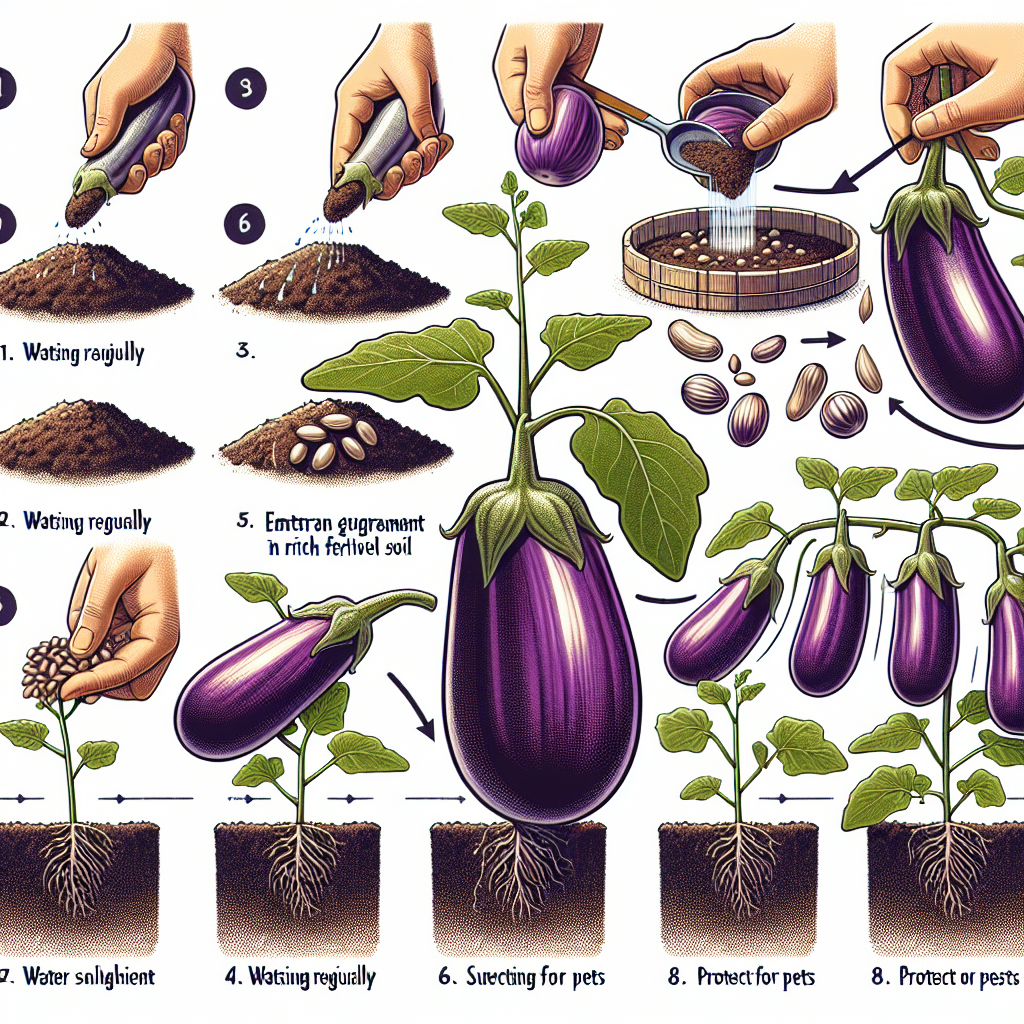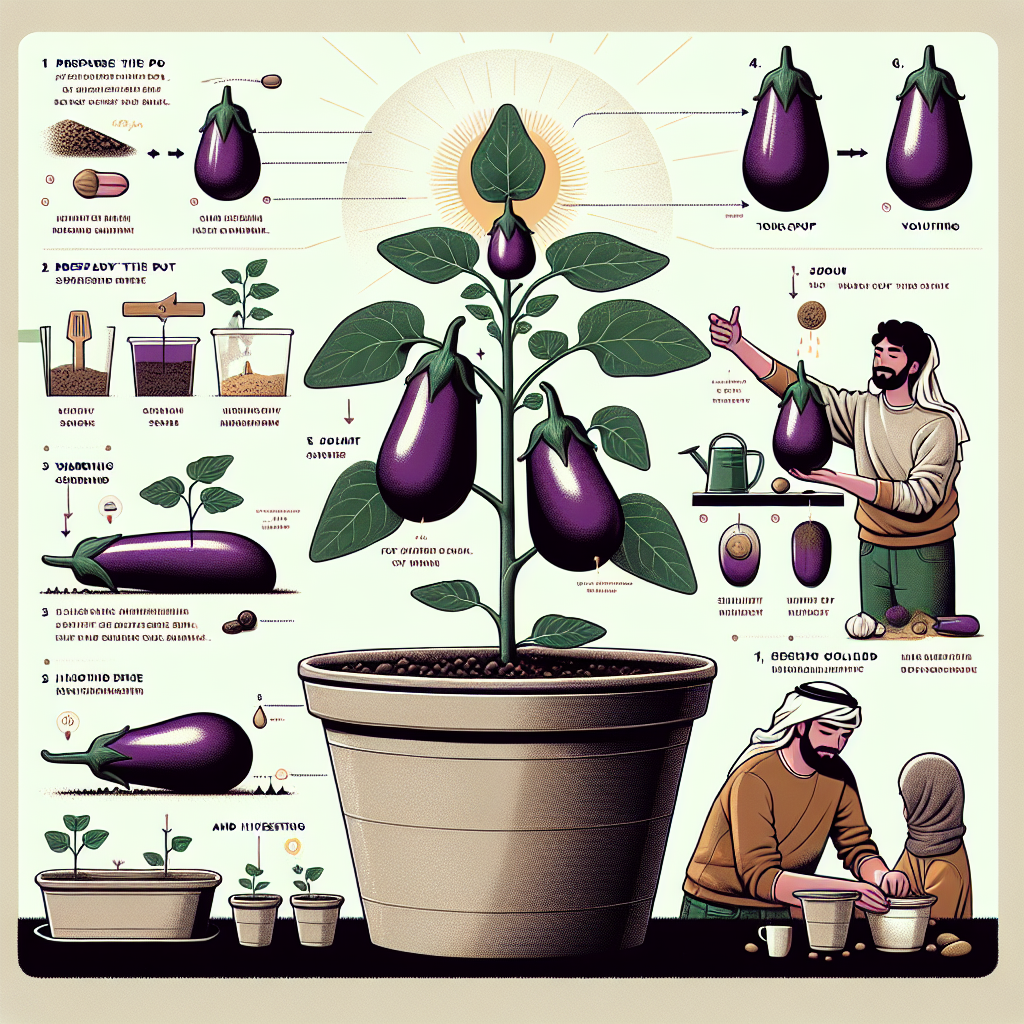Growing Eggplant at Home: A Beginner’s Guide
Eggplants, also known as aubergines, are a versatile and delicious vegetable that can be grown in your own backyard. Whether you have a spacious garden or a small balcony, eggplants are a great addition to any home garden. This beginner’s guide will provide you with all the necessary information to successfully grow eggplants at home.
1. Choosing the Right Variety:
There are several varieties of eggplants available, each with its unique characteristics. Consider factors such as size, shape, color, and taste when selecting the variety you want to grow. Some popular varieties include Black Beauty, Classic, Long Purple, and Japanese Round. It is best to choose a variety that suits your taste preferences and growing environment.
2. Selecting Planting Location:
Eggplants thrive in full sunlight, so choose a location in your garden that receives at least six hours of direct sunlight every day. They also require well-drained soil with good fertility. If your soil is heavy or clayey, consider improving it with organic matter like compost or aged manure.
3. Starting Seeds Indoors:
Start growing eggplants indoors 8-10 weeks before the last frost date in your area. Sow seeds in seed trays or small pots filled with seed-starting mix. Keep the soil consistently moist but not soggy and maintain temperatures between 70-80°F (21-27°C). Once seedlings have grown to about 4-6 inches tall and all danger of frost has passed, they can be transplanted outdoors.
4. Transplanting Seedlings:
Before transplanting seedlings into the garden, harden them off by gradually exposing them to outdoor conditions over one to two weeks. Choose a warm day for transplanting when the soil has warmed up and there is no risk of frost anymore. Dig holes slightly larger than the root balls and space plants about 2-3 feet apart to allow for adequate air circulation.

5. Providing Proper Care:
Water eggplants regularly, aiming for about 1 inch of water per week. Mulching around the plants can help retain soil moisture and prevent weed growth. Fertilize with a balanced vegetable fertilizer or organic compost every four to six weeks to provide necessary nutrients. Support the plants with stakes or cages as they grow taller to prevent them from toppling over.
6. Pest and Disease Management:
Eggplants can be susceptible to various pests and diseases, including flea beetles, aphids, tomato hornworms, and fungal diseases like powdery mildew. Monitor your plants regularly for any signs of damage or distress and take appropriate measures such as applying organic insecticides, using row covers, or implementing integrated pest management techniques.
7. Harvesting and Storage:
Eggplants can be harvested when they reach their mature size, which varies depending on the variety but typically occurs around 60-80 days after transplanting. To harvest, cut the fruit from the plant using a sharp knife or pruners. It is best to pick them when they have a glossy appearance and firm texture. Store eggplants in a cool place or refrigerate them for up to one week.
8. Cooking Eggplant Delicacies:
Once your homegrown eggplants are ready for harvest, you can enjoy them in a variety of delicious recipes. They are commonly used in dishes like baba ganoush, ratatouille, moussaka, curries, stir-fries, or simply grilled or roasted as a side dish. Experiment with different recipes and savor the unique flavors that homegrown eggplants offer.
In conclusion, growing eggplants at home can be an enjoyable experience that rewards you with fresh and flavorful produce right at your fingertips. With proper planning and care throughout the growing season, you can successfully cultivate your own eggplant garden. So, roll up your sleeves, follow this beginner’s guide, and start growing eggplants to add a touch of culinary delight to your homegrown meals.













